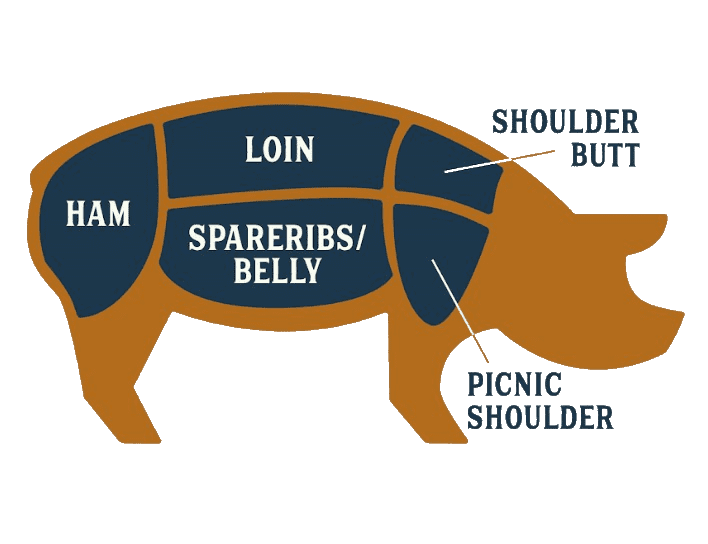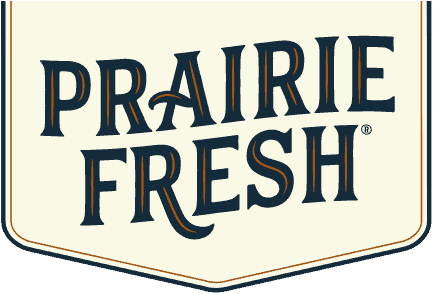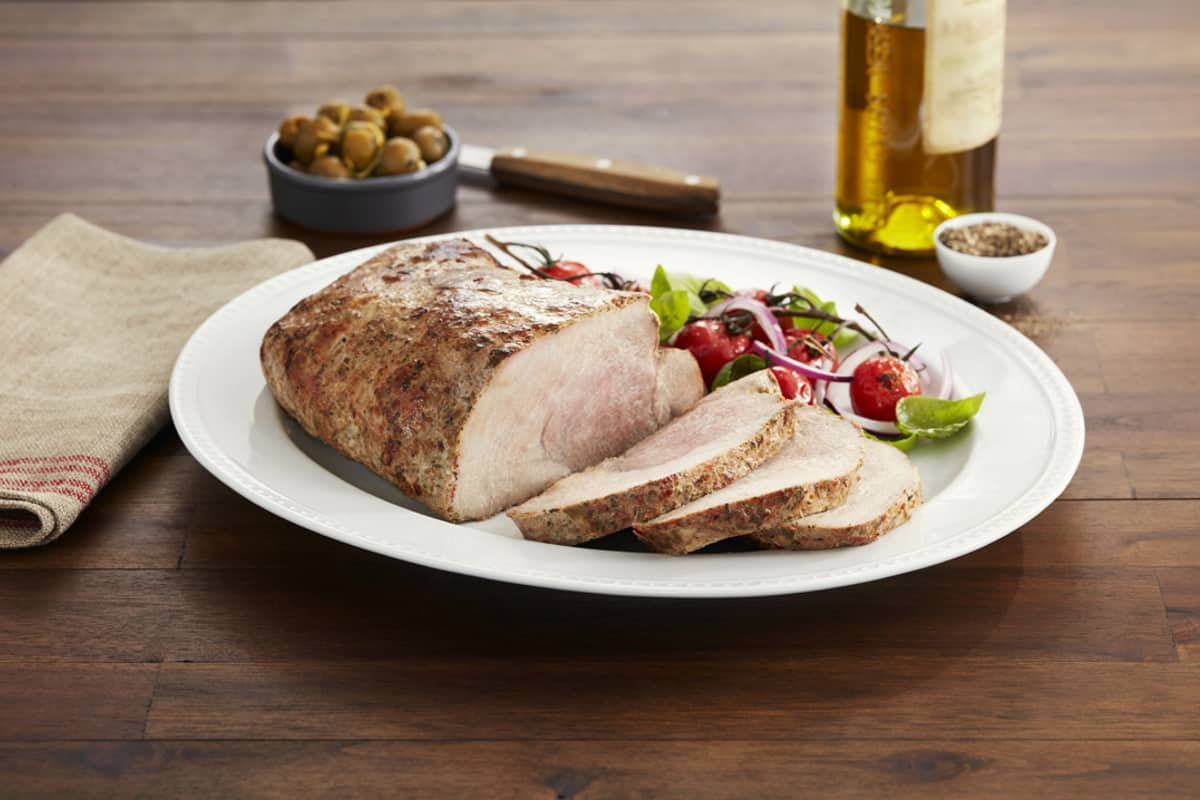The Whole Hog: Get to Know Your Pork Cuts
Most of us know the basic pork cuts. Pork chops. Bacon. You know, the fan favorites. But there’s a whole lot more to learn. There are delicious pork cuts available at your grocery store. You just need to know what they’re for and how to cook them.
So start here – with an overview of all things pork. And when you’re ready, you can use our recipes to make your pork’s flavor pop.
Loin
Chops: Pork chops are the most popular cut from the pork loin. Depending on where they originate, pork chops can be found under a variety of names, including loin, rib, sirloin, top loin and blade chops.

Backribs: Backribs originate from the blade and center section of the pork loin. A rack typically weighs between 1½ and 1¾ pounds.
Country-Style Ribs: Country-style ribs are cut from the sirloin or rib end of the pork loin. These are the meatiest variety of rib, so you might want to serve them with a knife and fork.
Loin Roast: The loin roast comes from the area of the pig between the shoulder and the beginning of the leg. It is sold either bone-in or deboned.
Rib Roast: Pork rib roast can also be referred to as rack of pork or be labeled center-cut bone-in pork loin. The cut originates in the rib center portion of the bone-in center cut loin and will be an eight-rib center portion. This area contains a bit more fat, which makes it very flavorful.
Tenderloin: The tenderloin comes from the full pork loin. As the name indicates, the tenderloin is one of the most tender cuts of pork. Typically, pork tenderloin weighs between ¾ and 1½ pounds.
Shoulder Butt
Boston Butt: Pork shoulder is the top portion of the front leg of the hog. The terminology for pork shoulder can vary widely depending on the region. This is what you’ll use for pulled pork.
Ground Pork: Ground pork is pork that has been ground or finely chopped. It is unseasoned and usually is available fresh with an average lean-fat ratio of 70% lean, 30% fat.
Pork Steak: A steak comes from a roast cut that’s been sliced. Pork steaks are flavorful like roasts because they are rich in marbling, which keeps them tender during cooking.
Sausage: Sausage is seasoned ground pork that is enclosed in a casing. Sausage may be fresh, smoked or cured.
Belly/Spareribs
Pork Belly: Pork belly comes from a hog’s “belly” or underside after the loin and spareribs have been removed. This boneless cut may be served fresh, which means it is not cured or smoked. It’s high in fat and full of flavor.
Bacon: When pork belly is cured or smoked, it becomes bacon. An abundance of fat gives bacon its sweet flavor and tender crispiness. If you’re looking for the best bacon on the block, we recommend Daily’s® Premium Meats. After one bite, you’ll know why it’s our favorite.
Spareribs: These ribs are the least meaty variety of ribs, but they’re full of flavor. Spareribs are typically larger and heavier than back ribs. Fun fact: St. Louis-style spareribs are from the same cut as spareribs.
Ham
Ham: You’ll find both bone-in and boneless hams in a variety of shapes. Most hams are fully cooked, as noted on the label. Cooked hams can be served cold or after warming in the oven. Uncooked hams should be heated to an internal temperature of 145 degrees F, followed by a three-minute rest time.
Ham Leg: Fresh pork leg, also known as fresh ham leg, is the uncured hind leg of the hog. Like cured ham, fresh leg of pork is available either bone-in or boneless and may be purchased whole or halved.
Hocks: Smoked hock and shank are flavorful, inexpensive cuts that originate in the front leg of the hog, known as the arm picnic shoulder. The picnic shoulder is located directly under the shoulder butt and is almost always sold bone-in and skin-on. Ham hocks are most often available cured.
Ready to get cooking? Check out our delicious recipes before your next dinner party.
See more pork tips.

